By Al Hemingway
No one looks like a hero. But when certain men are placed in impossible situations, they rise to the occasion and perform spectacular deeds that defy imagination.
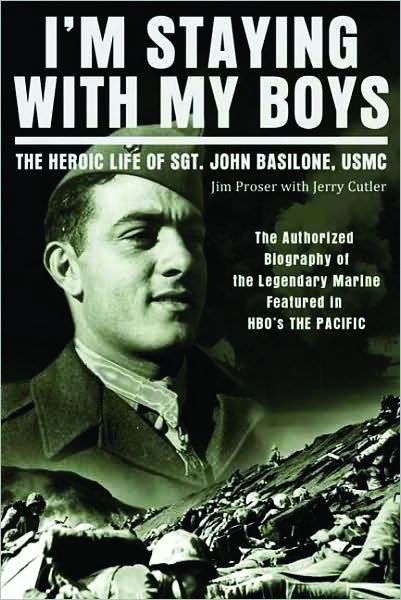 Such a man was John Basilone. While serving with the 1st Battalion, 7th Marines on Guadalcanal in 1942, he and his machine-gun squad held off thousands of fanatical Japanese. He continuously exposed himself to enemy fire when racing from position to position to ensure his men had enough water and ammunition. For this incredible feat, he was awarded the Medal of Honor.
Such a man was John Basilone. While serving with the 1st Battalion, 7th Marines on Guadalcanal in 1942, he and his machine-gun squad held off thousands of fanatical Japanese. He continuously exposed himself to enemy fire when racing from position to position to ensure his men had enough water and ammunition. For this incredible feat, he was awarded the Medal of Honor.
Author Jerry Proser worked closely with Basilone’s nephew Jerry Cutter to write I’m Staying with My Boys: The Heroic Life of Sgt. John Basilone, USMC (St. Martin’s Press, New York, 2010, 352 pp., notes, index, photos, $14.99, softcover). What is more interesting about this book is that it is told in the first person, as if Basilone was telling the reader his own story, in his own words. Cutter was able to do this after numerous hours of interviews with close friends, family, and people with whom John Basilonehe served.
Born and raised in New Jersey, Basilone was a product of the Great Depression. He worked odd jobs and spent much of his time caddying. He grew strong by carrying a golf bag on each shoulder to earn more money, which was hard to come by during that depressed era.
Prior to his Marine Corps service, Basilone did a hitch in the U.S. Army. He saw extensive service in the Philippines, where he earned the nickname “Manila John.” He was also an accomplished boxer, never losing a match while compiling an impressive 19-0 record.
While Basilone praised all of his squad members, he had the utmost respect for Lewis B. “Chesty” Puller, his battalion commander. While on Guadalcanal, the New Jersey native was amazed at his courage, bravery and leadership skills. He referred to him as the “Old Man.”
“I made up my mind that minute—if I could be half the Marine Chesty was, I would be satisfied with my life,” he wrote. “My path, just like my Father Joe said it would be, was finally clear to me. To live without fear like the Old Man was the only life I could think of that was worth living.”
According to his family, Basilone had the uncanny ability to foretell his own future at times. His sister Phyllis and older brother Carlo both heard him do this on three different occasions. His last premonition was of his own death. Although he could have easily stayed out of the fighting because of his Medal of Honor, Basilone badgered his superiors to return to combat. It was where he belonged, he felt.
“I’m staying with my boys,” he explained. “They need me.”
Basilone was assigned to the 1st Battalion, 27th Marines, 5th Marine Division and became a machine-gun section leader. On February 19, 1945, his unit stormed ashore on the island of Iwo Jima. He personally destroyed a Japanese pillbox and directed a trapped tank through a minefield, all under intense enemy fire. While making his way around the perimeter of the airfield, a mortar round struck him and four other leathernecks, killing them all. He was given the Navy Cross posthumously—the only Marine in World War II to receive both the Medal of Honor and Navy Cross, the nation’s second highest military award for naval personnel.
In the HBO miniseries, The Pacific, Basilone is one of three Marines whose stories are told. The others are Robert Leckie and Eugene Sledge. It is a fitting tribute to a true American hero who in every way was the embodiment of the word “Marine.”
 Hitler’s Panzers: The Lightning Attacks that Revolutionized Warfare by Dennis Showalter, Berkley, New York, 2009, 390 pp., index, $25.95, hardcover.
Hitler’s Panzers: The Lightning Attacks that Revolutionized Warfare by Dennis Showalter, Berkley, New York, 2009, 390 pp., index, $25.95, hardcover.
Blitzkrieg! Nothing could strike more fear in the hearts of soldiers than hearing that unforgettable word. Adolf Hitler’s fast-moving, seemingly unbeatable panzer units drove with lightning speed through Europe, seizing everything in their path in the early days of World War II.
The core of this war machine was the panzer divisions of the regular army, or Wehrmacht, and the deadly Waffen SS. From their humble beginnings in World War I when German officers first viewed the tank, these self-contained mechanized outfits became the heart and soul of Germany’s military ground forces.
The author not only did meticulous research on the subject but also interviewed survivors of the Third Reich who served in panzer units. Showalter concentrates several chapters of his book on the Eastern Front. From its initial success in Operation Barbarossa to its final, bloody turning point at the Battle of Stalingrad, where it is estimated two million perished, he follows the panzer units.
Each panzer division contained not only its mechanized arm, such as half-tracks and trucks, but also its infantry, artillery, antiaircraft guns, and signal corps. Formed into brigades, these all-inclusive units could operate independently. Both the Wehrmacht and the SS units received identical equipment, at least at the beginning of the conflict.
Showalter quotes noted Israeli military historian Martin van Creveld to gain a better understanding of the mind-set of Hitler’s soldiers. Honor, that all-important factor imbedded in the Prussian officer corps, seemed to be absent.
“Call this honor,” Showalter writes. “Call this something the panzers abandoned—from expediency, from ambition, from temptation—and not least from principle: the end justifying the means. Call this something that was expected to be reclaimed—sometime in an undefined future.”
“Martin van Creveld offers two relevant consequences of honor’s absence,” Showalter continued. “One is the wild horde. Lawless and disorganized, committed to destruction for destruction’s sake, it can neither give nor inspire the trust necessary for civilization. The other is the soulless machine. It makes war mindlessly and mechanically, never developing beyond an identity as a self-referencing, self-defined elite. Hitler’s panzers incorporated both. Yet never did men fight better in a worse cause.”
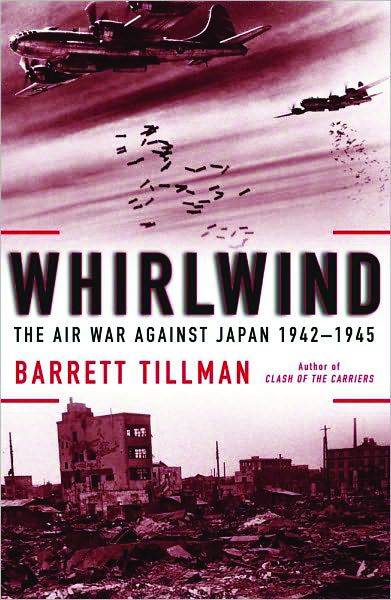 Whirlwind: The Air War Against Japan, 1942-1945 by Barrett Tillman, Simon & Schuster, New York, 2010, 368 pp., index, notes, maps, photos, $28.00, hardcover.
Whirlwind: The Air War Against Japan, 1942-1945 by Barrett Tillman, Simon & Schuster, New York, 2010, 368 pp., index, notes, maps, photos, $28.00, hardcover.
Did the tremendous air campaign against Japan bring the island nation to its knees in World War II? Did the bombing that killed hundreds of thousands of civilians fail? Did the war end only after Emperor Hirohito emerged from behind his “Chrysanthemum Curtain” and gave the order to halt hostilities?
Tillman gives the reader an excellent overview of the strategy of airpower—from both the American and Japanese perspective—and their shortcomings. From the Doolittle Raid in 1942 to the extensive fire bombing of Tokyo, the author explains in great detail how the strategy, although flawed, did work.
As with the Japanese, the U.S. Army and Navy were extremely jealous of each other, resulting in inefficient methods of operation. As Tillman suggests, each service was riding a train to the same station. If they had cooperated, they might have both reached their destination ahead of schedule.
The author gives praise to Army Air Corps General Curtis LeMay, who saw the benefits of the newly arrived but extremely costly Boeing B-29 Superfortress heavy bomber in 1944. It would be prove to be the workhorse in the air campaign against the Japanese homeland by dropping more than 161,000 tons of conventional bombs that laid waste to 40 percent of the urban areas and one-third of civilian homes. In the end, it would be two lone B-29s, the Enola Gay and Bockscar, that would drop the first atom bombs on Hiroshima and Nagasaki, ushering in the nuclear age.
Today, visitors can view the fully restored Enola Gay at the National Air and Space Museum located in the Steven F. Udvar-Hazy Center near Dulles International Airport outside Washington, D.C. It is frightening to think that one aircraft, carrying one weapon of such magnitude, could do what thousands carrying conventional bombs could not. Although thousands died from the first atomic blasts, they ironically saved millions more by averting a bloody, protracted invasion of a country that would have been defended by a fanatical enemy.
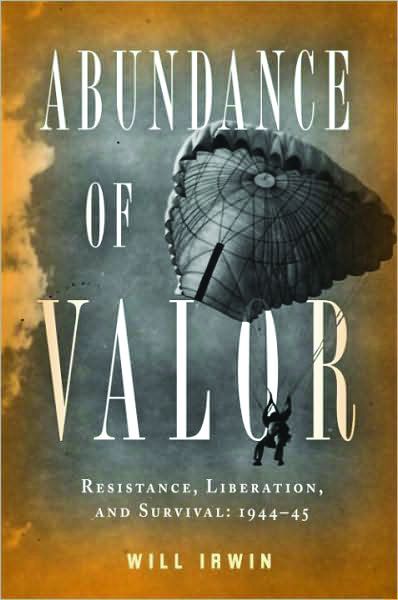 Abundance of Valor, Resistance, Survival, and Liberation: 1944-45 by Will Irwin, Presidio Press, New York, 2010, 416 pp., index, notes, photos, $28.00, hardcover.
Abundance of Valor, Resistance, Survival, and Liberation: 1944-45 by Will Irwin, Presidio Press, New York, 2010, 416 pp., index, notes, photos, $28.00, hardcover.
Although much has been written about with the ill-fated Operation Market-Garden in September 1944, little has been said about the important role that the Jedburgh teams played during its implementation.
Jedburgh was the codename for Allied clandestine activities behind enemy lines in both the European and Asian Theaters. These highly trained soldiers were drawn from a pool of British, American, French, Dutch, and Belgian operatives, who assisted the local resistance organizations. They usually were comprised of three-man teams that consisted of a leader, a second-in-command and a radio operator, normally a non- commissioned officer. Usually the leader of the group would be a British or U.S. officer and the executive officer would be a native of the country in which the team would be operating.
The author was able to obtain firsthand accounts from several Jedburgh members of the three teams who parachuted into Holland to support Market-Garden. Of the nine men, three were killed, another three wounded, two seized as prisoners of war, and only one survived the harrowing ordeal unscathed.
Irwin’s account is full of suspense and intrigue as he traces the routes of the teams serving with the Dutch resistance. At the end of the book, the author has an epilogue that explains what happened to each member, including their awards and decorations. For those World War II buffs who are fascinated with the Jedburghs, this book is a must.
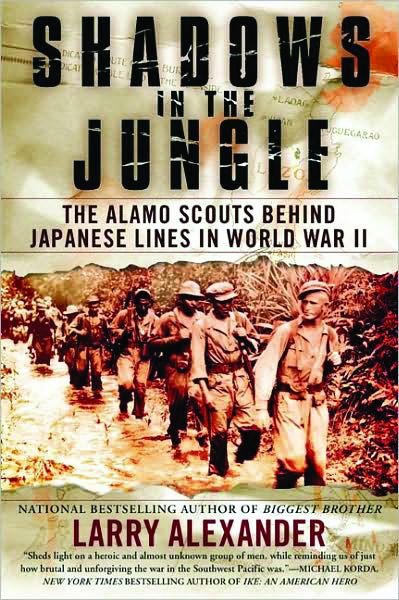 Shadows in the Jungle: The Alamo Scouts Behind Japanese Lines in World War II by Larry Alexander, New American Library, New York, 2010, 352 pp., index, photos, $16.00, paperback.
Shadows in the Jungle: The Alamo Scouts Behind Japanese Lines in World War II by Larry Alexander, New American Library, New York, 2010, 352 pp., index, photos, $16.00, paperback.
When Lt. Gen. Walter Krueger, commander of the U.S. Sixth Army, created an all-volunteer reconnaissance force in November 1943, he quickly called it the Alamo Scouts. Because of his long association with the city of San Antonio, Texas, the Prussian-born officer had admired the defenders of the Alamo and decided to remember them by naming his unit after them. These highly trained soldiers were formed into teams to operate deep within the enemy’s backyard and provide the Sixth Army with valuable intelligence for future combat operations.
Of the 325 men who graduated from Scout training on New Guinea, a mere 138 of them were assigned to the dozen teams that would be operating behind Japanese lines. When the conflict was over in August 1945, they had conducted 108 missions, killed an estimated 500 Japanese soldiers and captured another 60. To their credit, no Alamo Scout was ever killed in combat according to the author.
Arguably their most noteworthy missions were the Cabanatuan and Los Banos Raids, where the Alamo Scouts provided tactical support. These two highly successful incursions resulted in the release of hundreds of Allied prisoners of war.
In 1988, the Alamo Scouts were awarded the coveted Special Forces Tab and were included in the Special Forces lineage. They were “the best of the best.”
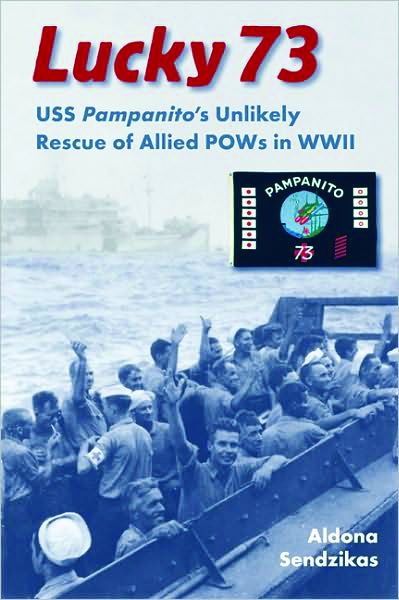 Lucky 73: USS Pampanito’s Unlikely Rescue of Allied POWs in WWII by Aldona Sendzikas, University of Florida Press, Gainesville, 2010, 208 pp., notes, index, maps, photos, $24.95, hardcover.
Lucky 73: USS Pampanito’s Unlikely Rescue of Allied POWs in WWII by Aldona Sendzikas, University of Florida Press, Gainesville, 2010, 208 pp., notes, index, maps, photos, $24.95, hardcover.
Here is an incredible story of heroism and fortitude involving a U.S. submarine that attacked and sank Japanese transports during World War II only to return several days later and find Allied prisoners of war adrift in the water from the enemy vessels they had helped sink.
The USS Pampanito, SS-383, was commissioned in November 1943 and immediately departed for the Pacific. She had an illustrious career, participating in six wartime patrols with six enemy ships destroyed and another four put out of commission. On her battle flag, however, is a red cross emblazoned with the number 73. This is the number of British and Australian soldiers she pulled out of the South China Sea after she torpedoed their transport.
The POWs had worked on the Burma-Thai Railroad, also known as the “Railway of Death,” that was later overly glamorized in the classic movie Bridge on the River Kwai. Many had perished while constructing the rail line, and now the emaciated survivors were being sent to Japan to endure more grueling labor. The prisoners never reached their destination. American submarines, including Pampanito, attacked the convoy, sending some of the vessels to the bottom.
Returning to the area on a routine patrol, the sub discovered the rafts bobbing in the water and immediately set about bringing the POWs aboard. Once cleaned and fed, the survivors were encouraged by the crewmembers to write down their experiences while being held as “guests of the emperor.” These accounts remained unnoticed until the author stumbled upon them while she was serving as the curator of the Pampanito, which is still intact and open to the public at Pier 45, Fisherman’s Wharf in San Francisco.
 1938: Hitler’s Gamble by Giles MacDonogh, Basic Books, New York, 2009, 324 pp., notes, index, photos, $27.50, hardcover.
1938: Hitler’s Gamble by Giles MacDonogh, Basic Books, New York, 2009, 324 pp., notes, index, photos, $27.50, hardcover.
For Germany, 1938 was certainly a pivotal year. The historic and momentous events that occurred within Germany were leading that country on a path to war, with horrifying results.
Adolf Hitler had risen to power in 1933 spouting his Nazi ideology, and he quickly embarked on a program to rid the country of the one thing he bore an intense hatred for—the Jewish population—whom he blamed for the country’s woes. But other historic events, not of his doing, also erupted in 1938.
In January, German War Minister Werner Von Blomberg’s wife was accused by police of posing for pornographic photographs. When he refused to dissolve the marriage, he was forced to tender his resignation. A few weeks later, it was learned that Blomberg’s second-in-command, Werner Von Fritsch, was accused of being a homosexual. This charge, however, had been trumped up by Luftwaffe chief Hermann Göring and SS Reichsführer Heinrich Himmler, who both wanted Fritsch removed from office. Even though he was acquitted of the charges, he left public life, his name ruined.
It was the Munich Conference in September 1938, however, that catapulted Hitler into a powerful position among the European leaders. The Nazis had previously cajoled the other countries to allow them to annex the Sudetenland in Czechoslovakia, which they claim was occupied by ethnic Germans. Hitler had pushed to see the reaction of the other European nations, especially England and France. With the horrific memories of World War I fresh in everyone’s mind, they took a pacifist stance that the Nazi dictator quickly leveraged at the talks. Confident that no one would interfere with his plans for world conquest, he later told his generals to prepare for the invasion of Poland and said, “Our enemies are small worms. I saw them at Munich.”
MacDonogh’s account of 1938 and its ramifications that propelled the world into another global conflict is a must read. Germany’s tyrannical despot took them from their crowning achievement at the Munich Conference to an underground bunker where he committed suicide amid the scarred and bombed-out buildings of a once beautiful country.
Short Bursts
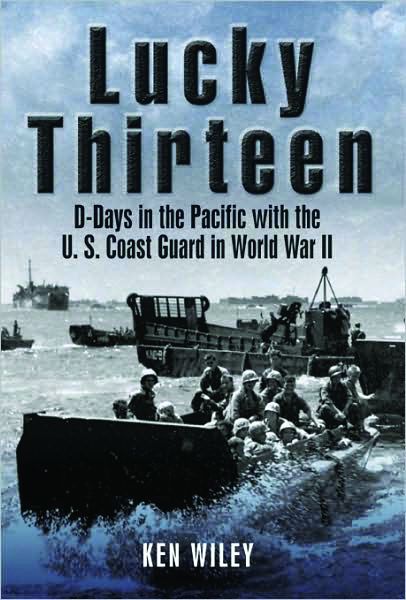 Lucky Thirteen: D-Days in the Pacific with the U.S. Coast Guard in World War II by Ken Wiley, Casemate Publishing, Havertown, PA, 2010, 256 pp., index, maps, photos, $19.95, softcover.
Lucky Thirteen: D-Days in the Pacific with the U.S. Coast Guard in World War II by Ken Wiley, Casemate Publishing, Havertown, PA, 2010, 256 pp., index, maps, photos, $19.95, softcover.
Some of the most enduring images of World War II are of landing craft hitting the beaches during amphibious assaults. Photographs
and films of soldiers and Marines disembarking to seize an enemy position are still recognized today.
Ken Wiley, a former U.S. Coast Guardsman, has penned a marvelous autobiography dealing with his time as a coxswain on an attack transport and aboard his own Higgins boat, which was called Number 13. His travels took him to the massive amphibious landings in the Marshalls, the Marianas, the Philippines, and Okinawa.
He had the perilous assignment of guiding his vessel through rough seas and intense enemy fire to deliver the troops to the beaches. He also delves into other aspects of the landing craft’s duties such as ferrying wounded back to safety and carrying equipment and supplies to shore. It is an exciting but little-known chapter of World War II, which needs to be told.
 The Liberators: America’s Witnesses to the Holocaust by Michael Hirsh, Bantam Books, New York, 2010, 358 pp., index, photos, $27.00, hardcover.
The Liberators: America’s Witnesses to the Holocaust by Michael Hirsh, Bantam Books, New York, 2010, 358 pp., index, photos, $27.00, hardcover.
From the outset, author Michael Hirsh asks the question: “How do you prepare to see that?” When Allied troops first liberated the Nazi death camps, combat-hardened soldiers who had witnessed months of blood and carnage recoiled at the sight of the emaciated, skeleton-like figures they encountered while pushing deeper into Germany. These soldiers were greeted by unforgettable sights of piles of dead “stacked like cordwood,” the horrible living conditions, and lurid tales of torture at the hands of their sadistic SS guards.
Hirsh, a Vietnam combat veteran, has done yeoman’s work in telling this terrible story. He has compiled more than 150 interviews of U.S. soldiers who participated in the freeing of death camp inmates and those who survived the harrowing ordeal. Although an uncomfortable subject to some, it is a part of the conflict that needs to be visited in more detail.
In a letter to his wife, Pfc. Delbert Cooper of the 71st Division wrote, “There are two things about all this that I want to tell you: 1. I never again want to see anything like that happen to anyone. 2. I wish 130 million American people could have been standing in my shoes.”
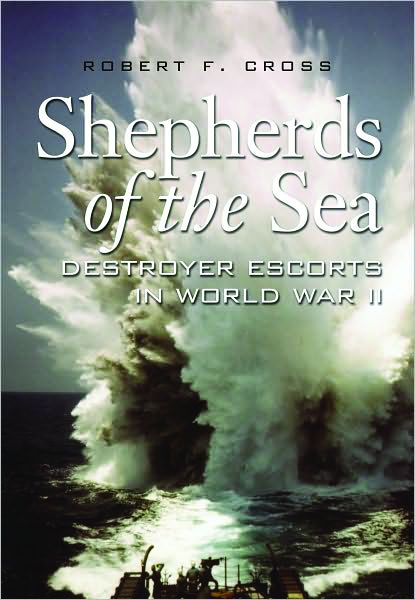 Shepherds of the Sea: Destroyer Escorts in World War II by Richard F. Cross, U.S. Naval Institute Press, Annapolis, MD, 320 pp., index, notes, photos, $34.95, hardcover.
Shepherds of the Sea: Destroyer Escorts in World War II by Richard F. Cross, U.S. Naval Institute Press, Annapolis, MD, 320 pp., index, notes, photos, $34.95, hardcover.
Nearly 600 destroyer escorts were built during World War II, serving in both the Atlantic and Pacific. These sturdy vessels, often referred to as the “mighty little ships that could,” had tremendous maneuverability and firepower that enabled them to protect the Allied shipping lanes in the European Theater. The cost, sadly, was high with more than 1,300 seamen paying the ultimate price.
The author received firsthand accounts from 96 sailors and officers who had served aboard 56 various ships. These crews, including many sailors who were teenagers barely out of high school, were recognized for sinking 70 German U-boats and snaring another—the only Nazi U-boat seized intact during the fighting and the first enemy ship captured at sea by the U.S. Navy since the War of 1812.
America has the eccentric William Francis Gibbs to thank for designing and building the escorts. Utilizing unused equipment and mass-production methods made famous by Henry Ford, he produced numerous vessels. In fact, his company, Gibbs & Cox, designed 74 percent of all naval ships during the war—a true testament to American ingenuity.
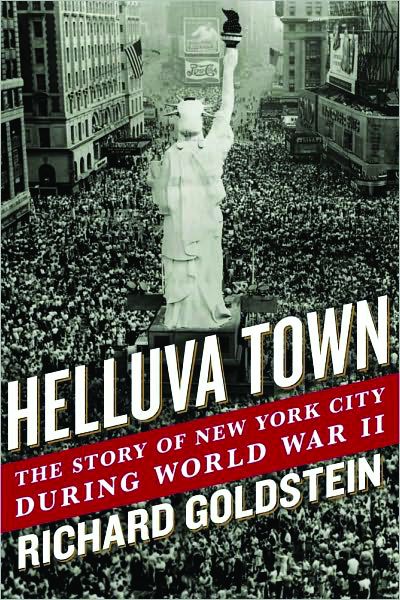 Helluva Town: The Story of New York City During World War II by Richard Goldstein, Free Press, New York, 2010, 305 pp., notes, $28.00, hardcover.
Helluva Town: The Story of New York City During World War II by Richard Goldstein, Free Press, New York, 2010, 305 pp., notes, $28.00, hardcover.
Even with the shock of Pearl Harbor or the hunt for Nazi spies by G-men, New York City continued to party throughout World War II. That is not to say that the “Big Apple” did not do its part for the war effort. Countless factory workers producing arms and equipment and the huge Brooklyn Navy Yard that cranked out ships which eventually defeated Germany and Japan were just two of New York’s important contributions.
New York was a city of lights. From the Bowery to the Harlem jazz joints to the wonderful Broadway shows along the “Great White Way,” nothing could compare to its mystique and glamour.
However, the city was not without its problems. With nearly three million servicemen passing through during the war, troubles were bound to happen. Tensions ran high as many New Yorkers were well aware that their bustling community would be on top of the enemy’s hit list if its forces neared American shores. Racial tension also increased as blacks rioted in Harlem, and anti-Semitism was on the rise with Jewish children being beaten in the city streets.
Despite these flaws, no other city can compare to New York. Like a magnet, it attracted millions of people, both civilian and military, who would ultimately win the war.
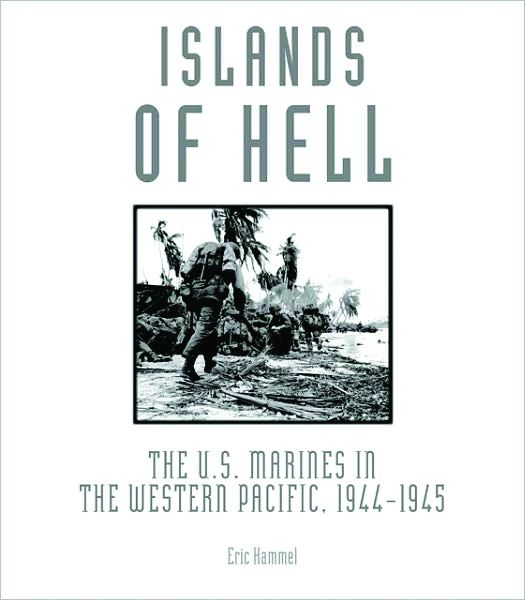 Islands of Hell: The U.S. Marines in the Western Pacific, 1944-1945 by Eric Hammel, Zenith Press, Minneapolis, MN, 2010, 284 pp., index, $50.00, hardcover.
Islands of Hell: The U.S. Marines in the Western Pacific, 1944-1945 by Eric Hammel, Zenith Press, Minneapolis, MN, 2010, 284 pp., index, $50.00, hardcover.
Here is a wonderful addition to any library containing material on the Marines in the Pacific War. Noted military historian Eric Hammel takes the reader from fighting in the Marianas to the final land battle of the Pacific—Okinawa. Islands of Hell is crammed with dozens of action photographs to accompany the text.
During the first 18 months of the fighting in the Pacific, the Marine Corps did not send many photographers overseas to chronicle the island campaigns. Not until the later part of 1943, during the Tarawa and Bougainville operations, did this ultimately change. Cameramen followed their infantry counterparts and endangered their own lives so Americans on the home front could be eyewitnesses to the intense combat these Marines had to endure.
Hammel’s newest offering is evidence that a picture is worth a thousand words.
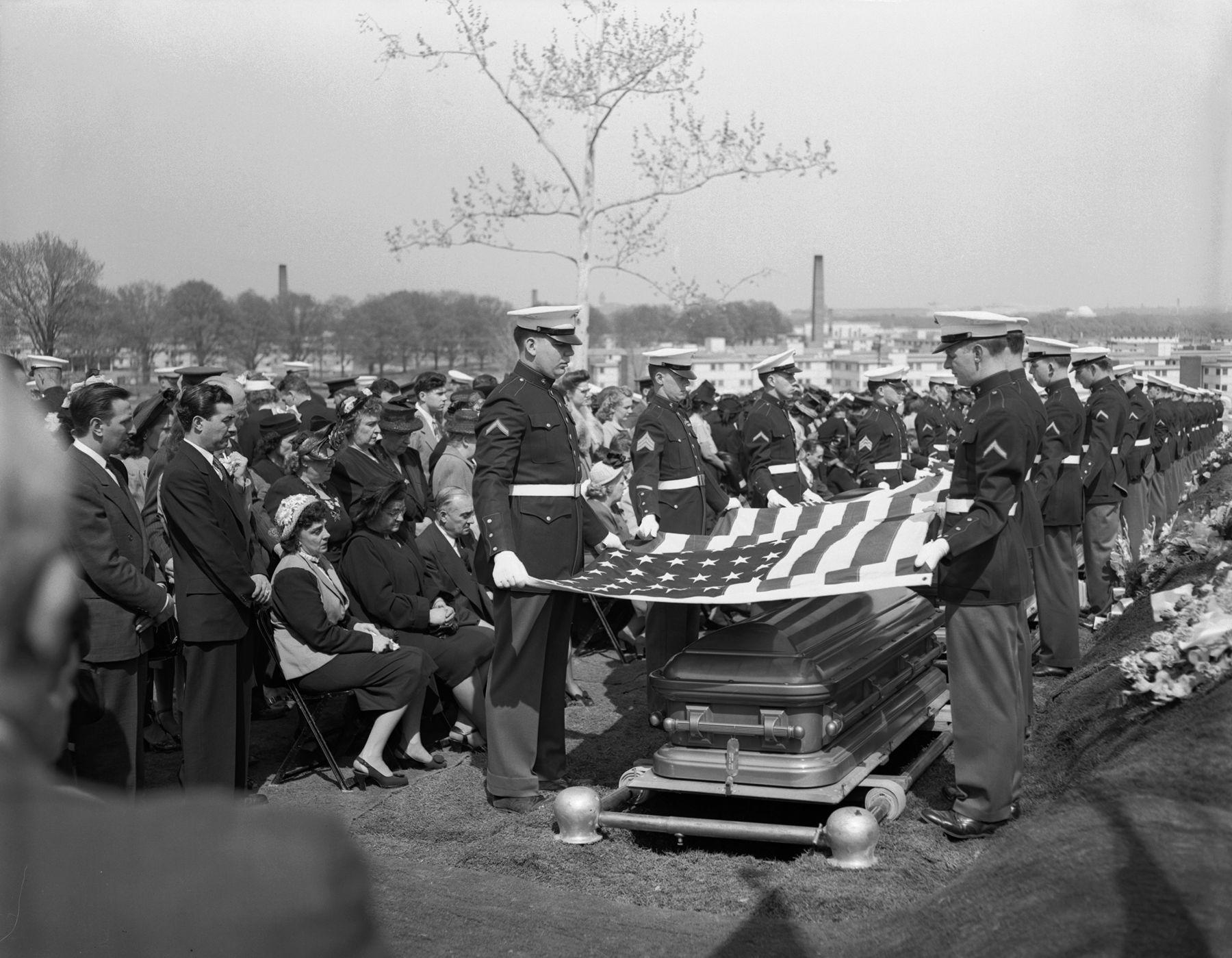
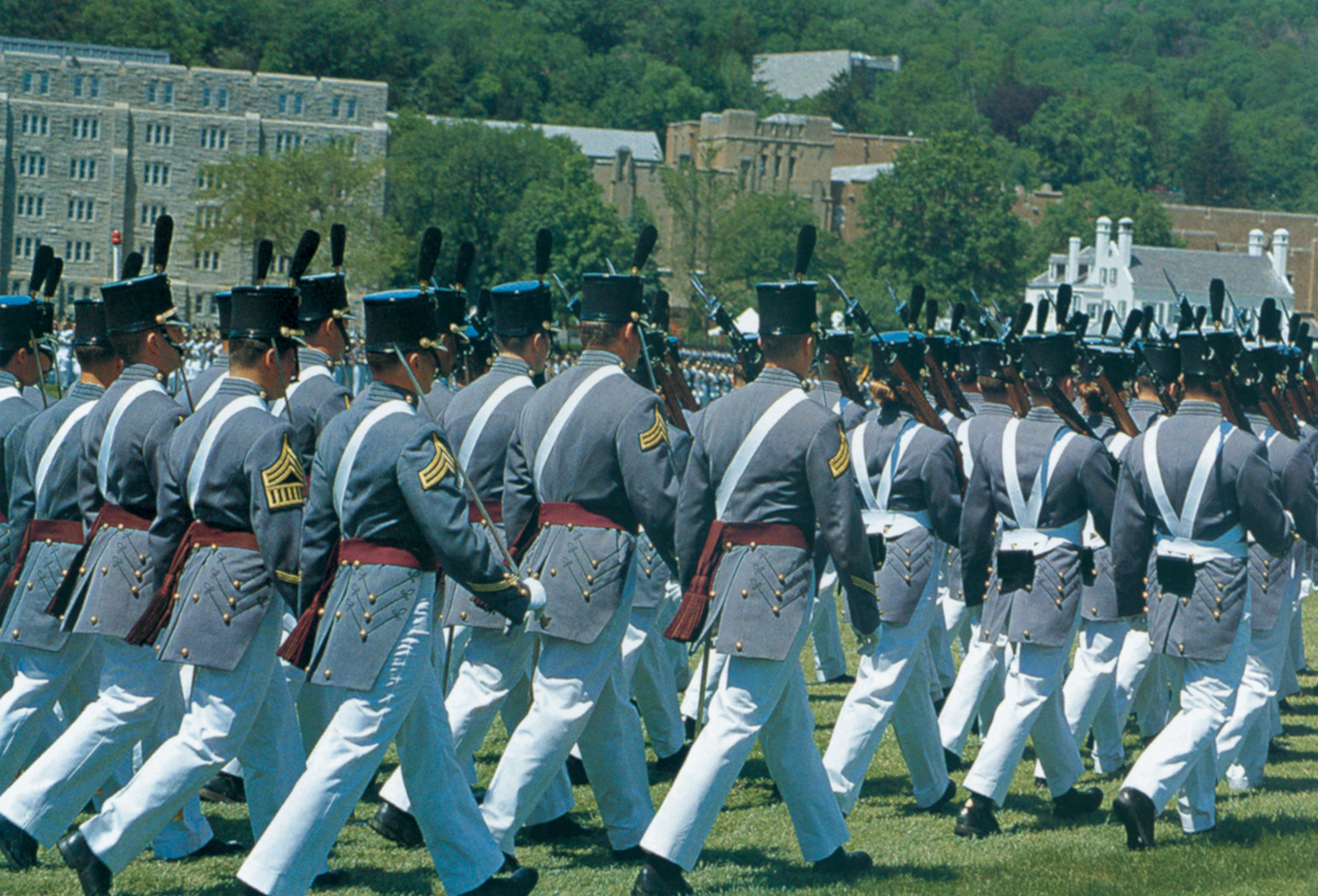
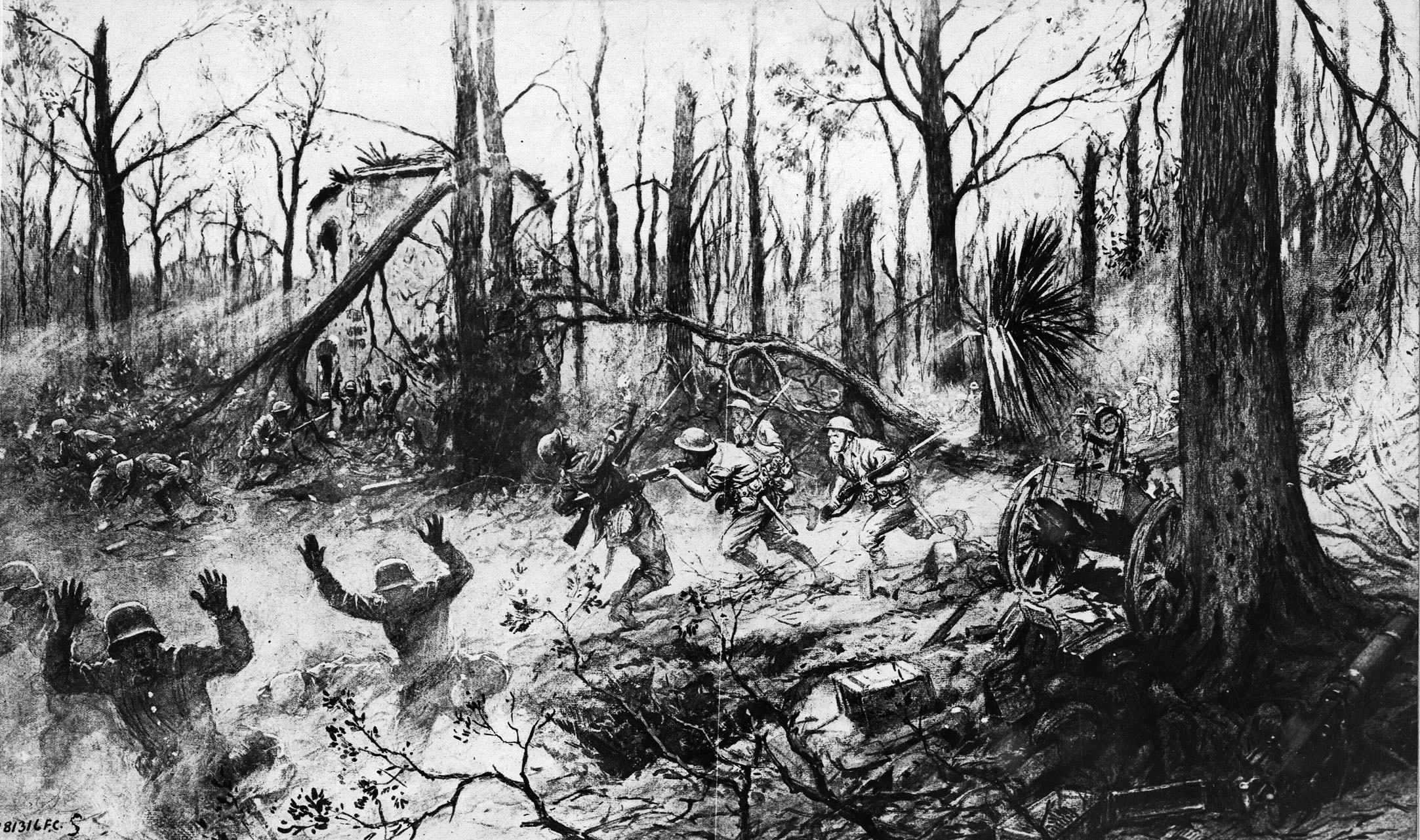
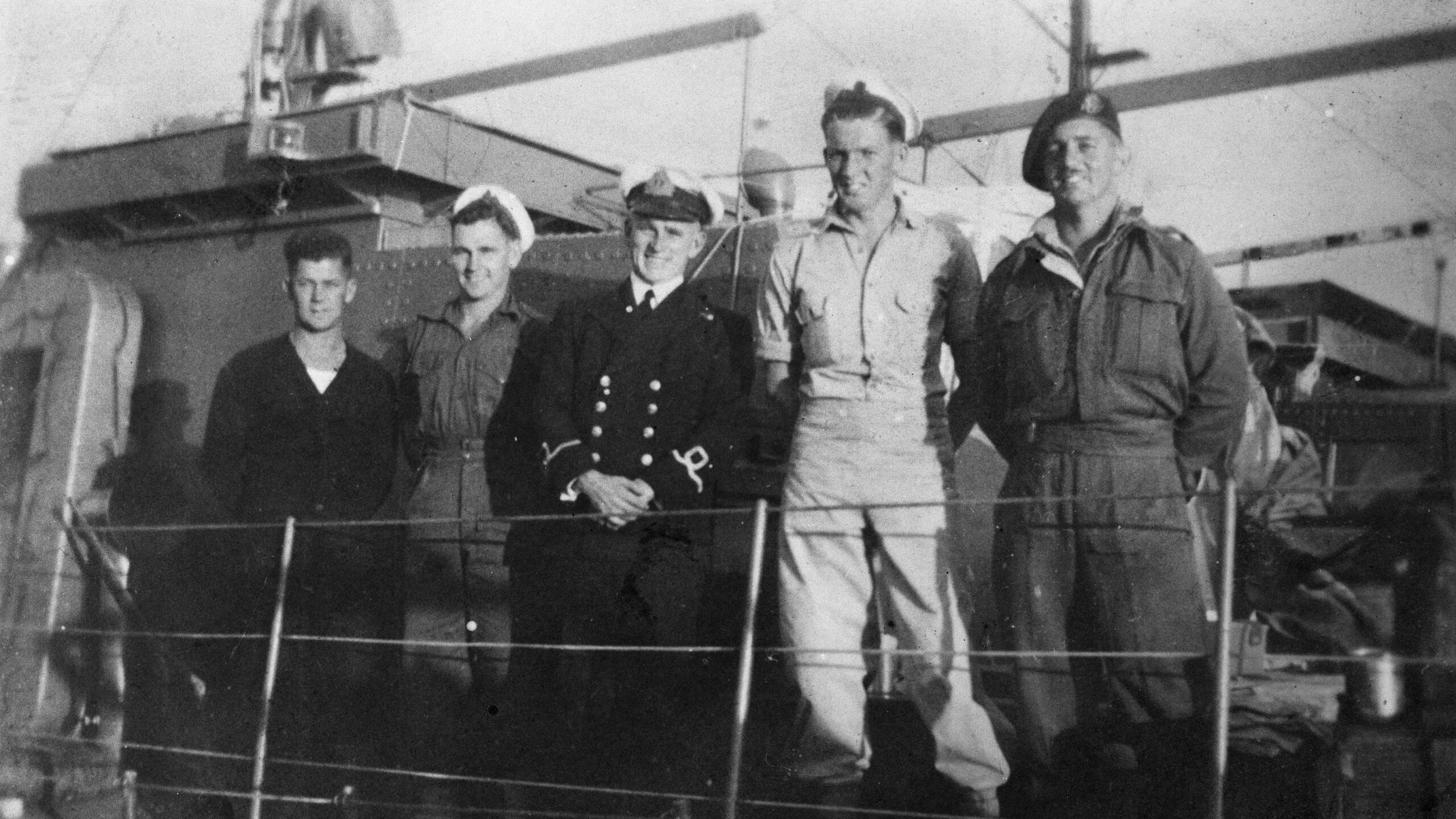
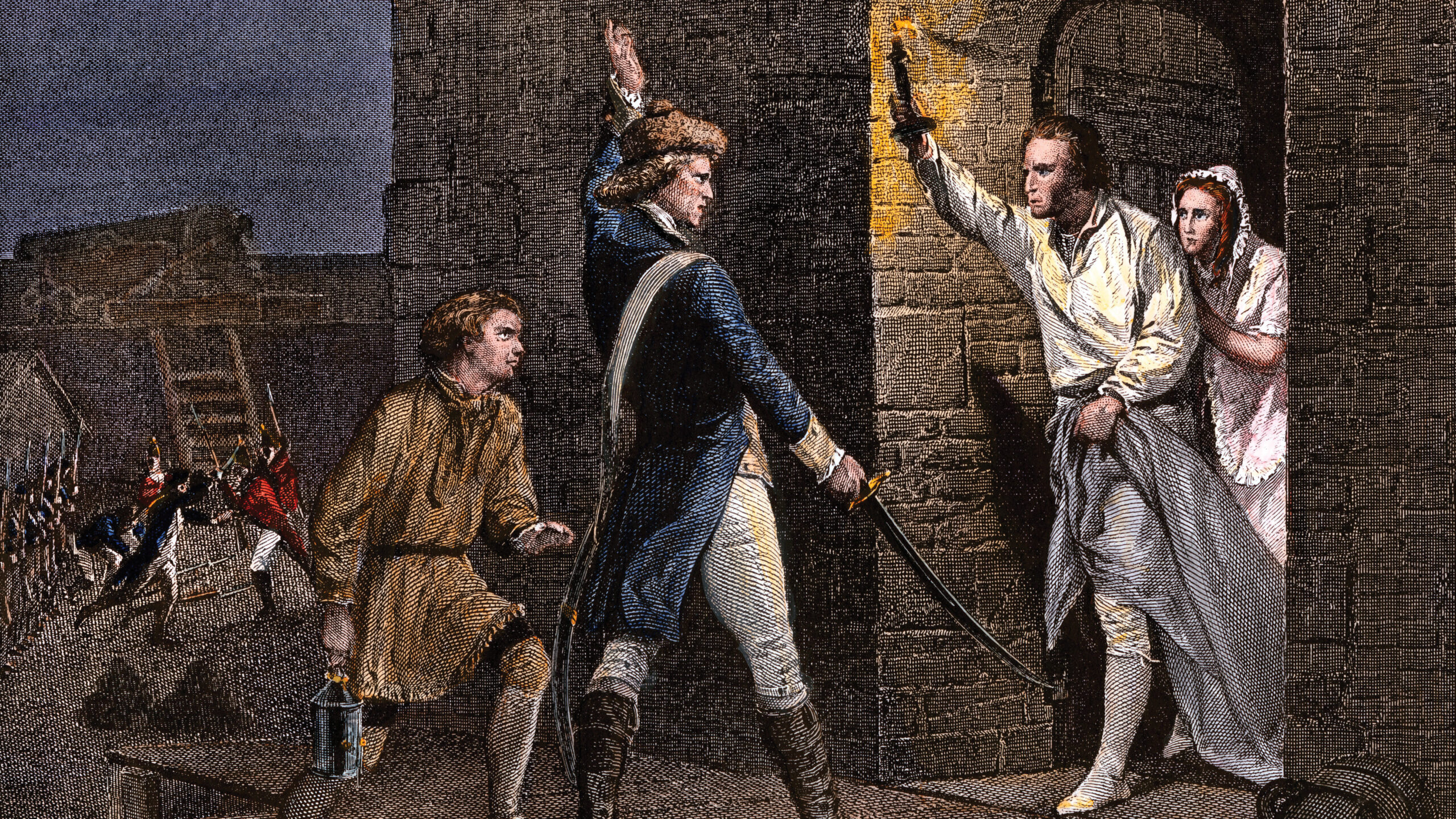
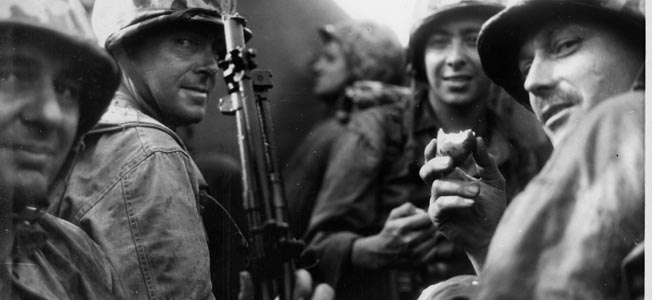
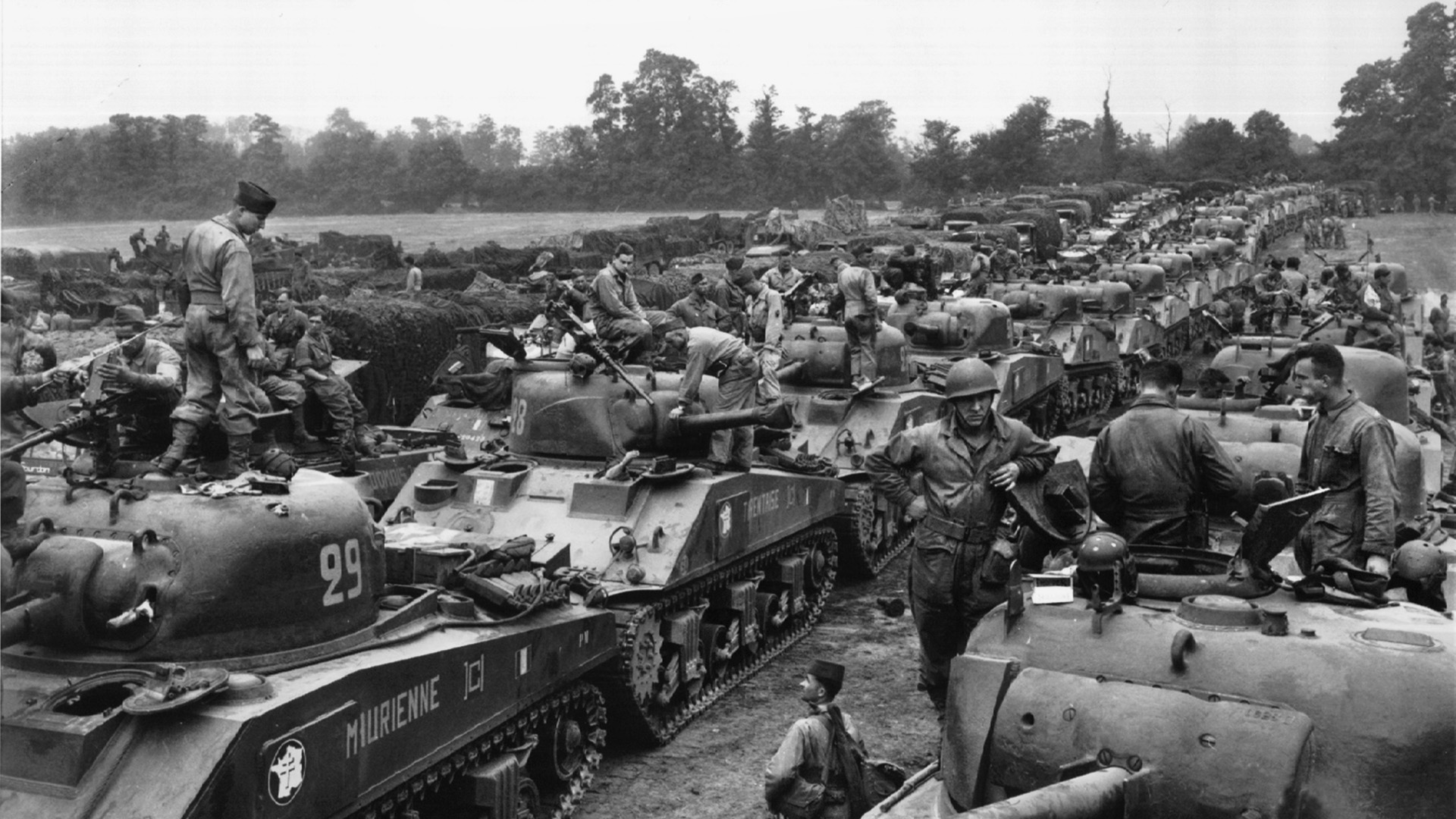
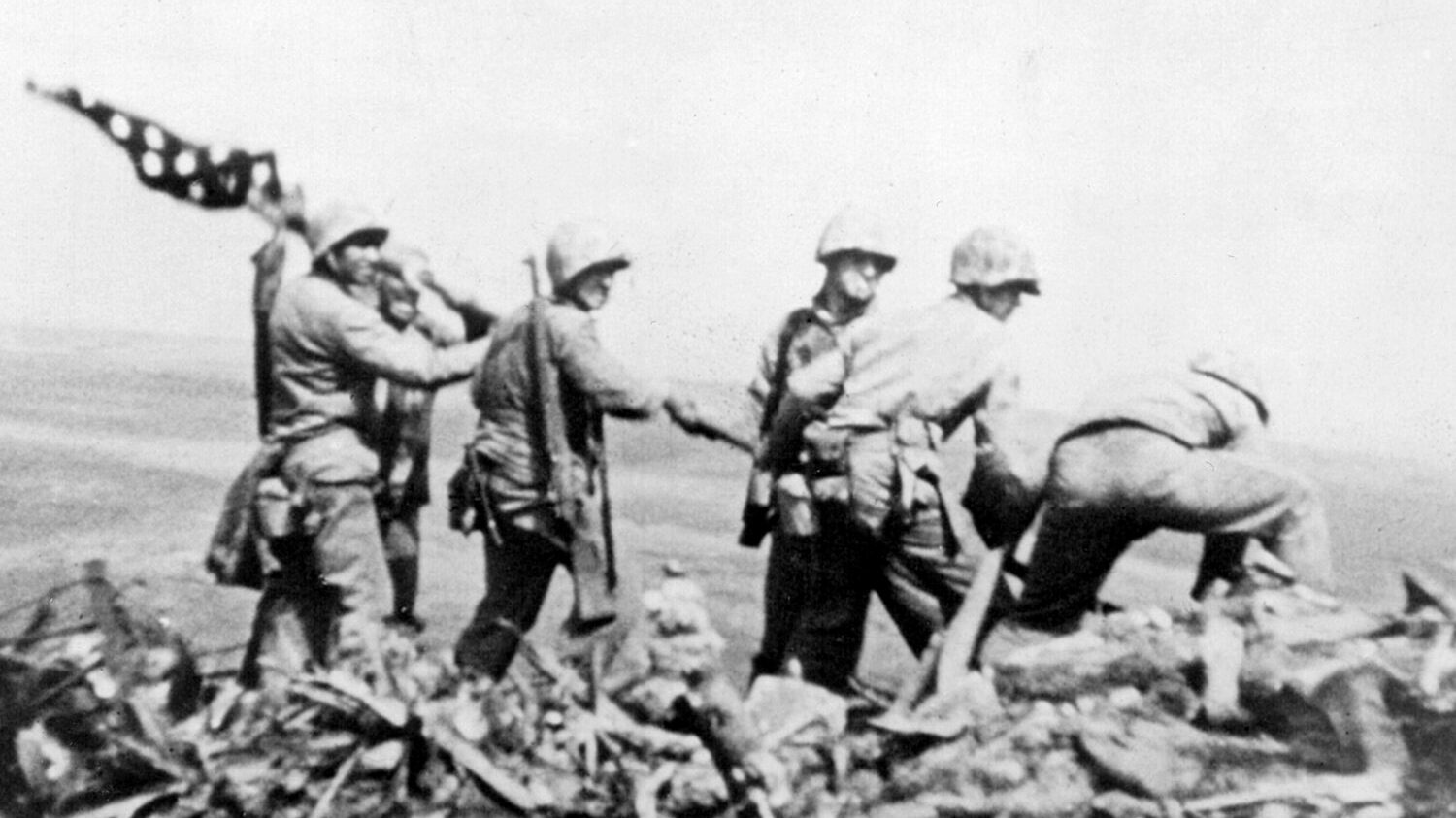
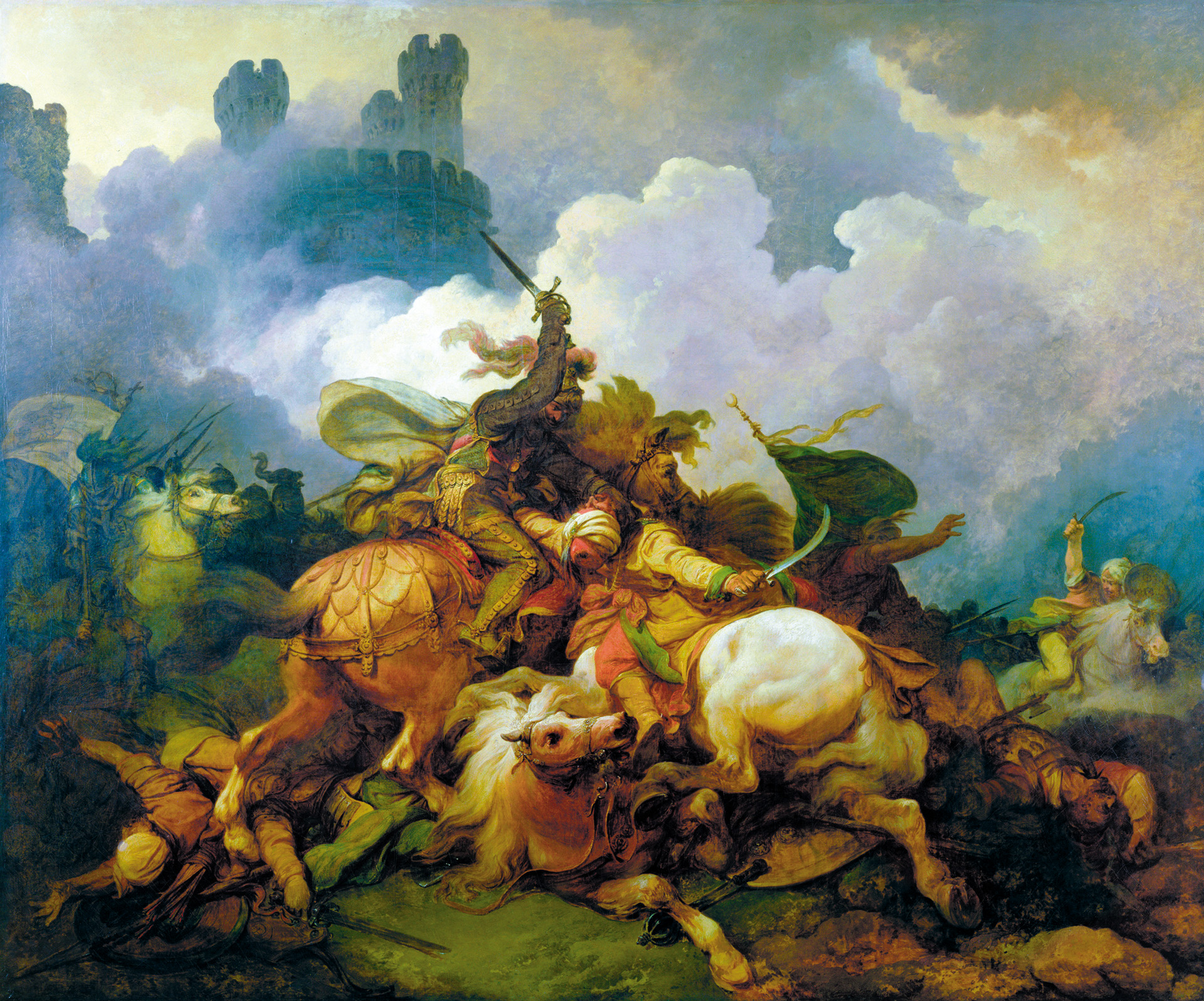
Join The Conversation
Comments
View All Comments